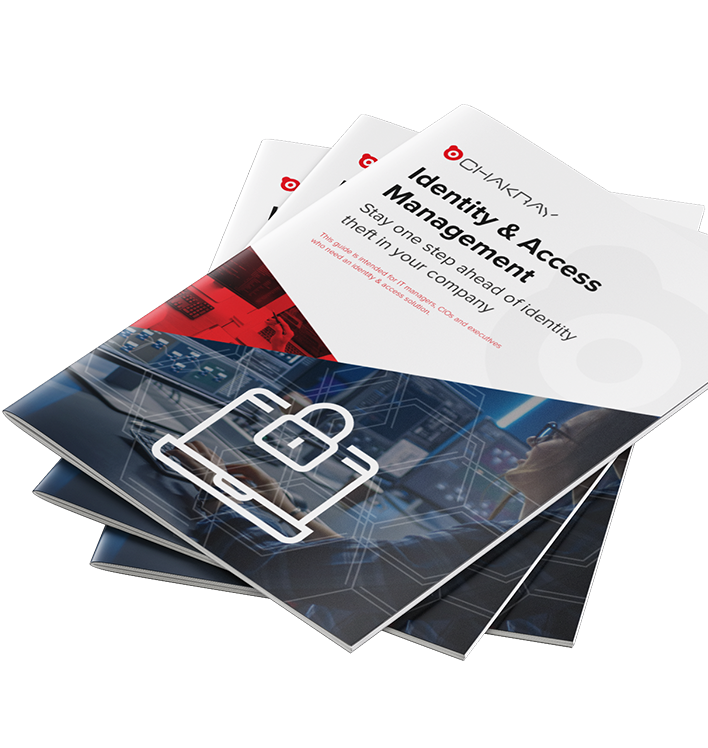Nowadays, our property and assets are more connected than ever. Companies and organizations operating in globalized markets demand agility and efficacy in the workplace.
This connectivity makes systems vulnerable against security threats, and the most common among them in the security of organizations is identity breach. According to the Breach Level Index (BLI), identity and personal information theft and assumption comprised 53% of all security breaches for the year 2015.
There has been a change in the modus operandi of digital criminals. Statistics change: identity and personal information theft attacks increase in relation to the theft of credit card numbers. For example, companies such as JPMorgan Chase, MySpace, eBay and Yahoo have suffered identity theft. The largest one recorded by BLI was JPMorgan Chase with 83 million pieces of data breached in 2014.
-The big challenges for CIOs about identity management-
But identity and information theft are still growing at an alarming rate. The latest Equifax case exceeds 143 million pieces of data of American citizens – about half the country.
The role of the CIO in corporate cybersecurity
As a CIO, you should identify the security and control needs of your organization. In this case, you should choose the various types of authentication bolstering based on the user’s usage logic. These are a few common examples:
- When a device is used for the first time
- When a client performs a transaction that he does not usually do
- If a user stays inactive for a long time
- Several actions within a short period of time.
Once they are identified, focus on the best solutions that make the installation and migration work as agile as possible.
Trends in digital security
Analysts foresee that the main Cloud-based security service niches with the highest rate of success and scalability are Security Information and Event Management (SIEM) and Identity Access Management (IAM), as emerging technologies.
SIEM is a technology that combines two different security products: SIM (Security Information Management) and SEM (Security Event Manager). This solution analyzes and prioritizes security events within the network. It thereby provides a real-time analysis of security alerts generated by the network’s hardware and software.
-Key factors in cloud security-
IAM, which is this guide’s main subject, is a technology that is used to automate user identity management and access permissions.
Experts point out that emerging services such as SIEM and IAM offer companies a very significant potential for growth. However, it should be noted that according to forecasts by Gartner, products comprised within the scope of Identity Access Management will see the greatest growth within the next 3 years.








